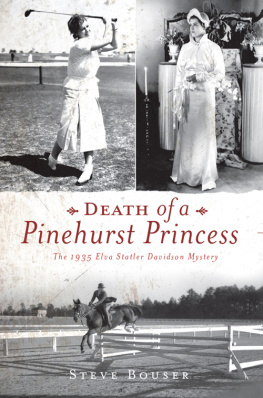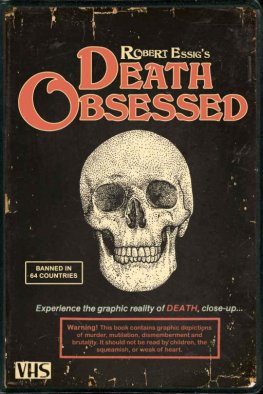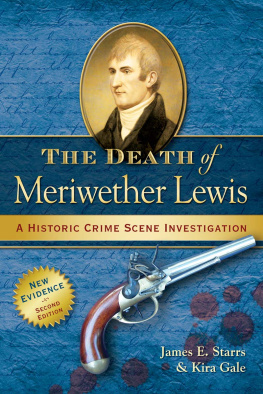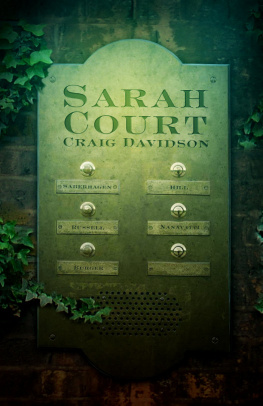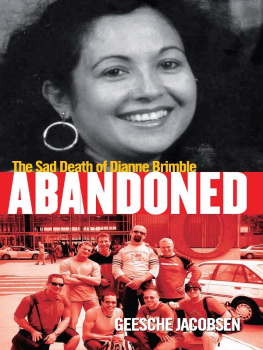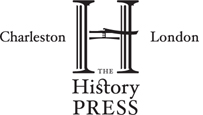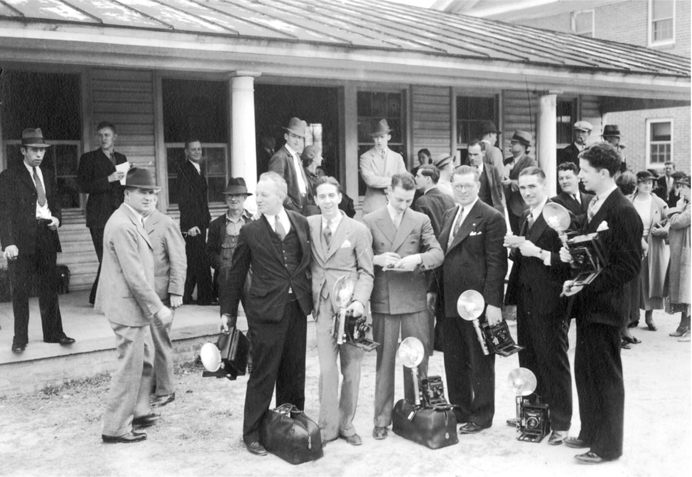D EATH of a
Pinehurst Princess
S TEVE B OUSER
Published by The History Press
Charleston, SC 29403
www.historypress.net
Copyright 2010 by Steve Bouser
All rights reserved
First published 2010
e-book edition 2011
ISBN 978.1.61423.023.6
Library of Congress Cataloging-in-Publication Data
Bouser, Steve.
Death of a Pinehurst princess : the 1935 Elva Statler Davidson mystery / Steve Bouser.
p. cm.
print edition: ISBN 978-1-59629-180-5
1. Davidson, Henry Bradley, 1892-1972. 2. Murder--Investigation--North Carolina-
Pinehurst--Case studies. 3. Davidson, Elva Statler, 1912-1935. 4. Victims--North Carolina
-Pinehurst--Case studies. 5. Pinehurst (N.C.)--History. I. Title.
HV8079.H6B68 2010
364.1523092--dc22
2010045210
Notice: The information in this book is true and complete to the best of our knowledge. It is offered without guarantee on the part of the author or The History Press. The author and The History Press disclaim all liability in connection with the use of this book.
All rights reserved. No part of this book may be reproduced or transmitted in any form whatsoever without prior written permission from the publisher except in the case of brief quotations embodied in critical articles and reviews.
Contents
Prologue
D iane McLellan might seem an unlikely cold-case detective. If Central Casting went looking for someone to play a contemporary woman who becomes obsessed with the idea that a wealthy young socialite who died under suspicious circumstances three-quarters of a century ago is crying out to her from the grave to get to the bottom of her story and tell it to the world, Diane might not get the part.
But on a spring day a few years ago, it was that peculiar, unrelenting, near-supernatural sense of mission that first compelled Diane to drive from her home near the resort village of Pinehurst, North Carolina, to the nearby town of Southern Pines and call on the local newspaper editor.
That would be me.
Diane came to my office in the company of the late Mary Evelyn de Nissoffwho, before retiring, had spent many years covering Pinehurst for our thrice-weekly paper, The Pilot. Mary Evelyn thought Dianes determined effort to solve the obscure but tantalizing old mystery she had stumbled upon might make a good feature story for us. It didnt take me long to see that it was more than that.
Diane McLellan once described herself as just an average person that youd probably walk by on the street and never notice. After growing up in a blue-collar Ohio community and graduating from high school in 1970, she married a career army noncom who spent a good part of his military career with the Eighty-second Airborne Division based at Fort Bragg, which occupies a sprawling section of real estate between Southern Pines and Fayetteville to the southeast. After he closed out his enlistment elsewhere, they decided to return to this area and hang it up.
When we were on the way back here for the last time, she told me, someone told us, Hey, you ought to check out Moore County. So we came here, and it was like a whole different planet! And we stayed. We lived in Aberdeen, then Southern Pines, and now weve built a home on the outskirts of Pinehurst, buried in the woods.
Compared with its surroundings, lower Moore County is, indeed, a whole different planet. Ive heard it described as an island of wealth in the middle of a sea of poverty, an oasis of sophistication in the middle of a southern desert. Moore always ranks a couple of clicks above its neighboring counties in any listing of things like household incomes and educational levels, mostly because so many well-off, well-schooled, well-traveled people gravitate in this direction to retire or play golf. (Some folks are even lucky enough to come here to work, as I did in 1997. I had interrupted a conventional newspaper career to spend three or four years involved in idealistic and adventurous media assistance work in immediate post-Soviet Russia and Eastern Europe, until my wife and daughter, tired of being dragged all over, finally announced: Okay, youve saved the world. Now we want a normal life again.)
The contrast between the Pinehurst area and environs is especially dramatic for people who, like Diane and her husband, Mike, come here from Fort Bragg/Fayetteville. The image that lingers with outsiders after they drive through the latter is one of an unrelieved urbanscape of traffic-clogged, four-lane roads lined with bars, garish fast-food emporiums, pawnshops, tattoo parlors and neon-lit topless joints that have signs outside urging you to Support Our Troops. Cross over into Moore County and you feel the stress quickly falling away as you begin to encounter peaceful horse farms, well-groomed golf courses and quaint tree-lined streets flanked with funky old resort dwellings that often have forest floors of low-maintenance pine straw where their lawns should be. We support our troops, among other ways, by giving some of them a decent, normal, civilized place to live. A great many Special Forces officers and noncoms quietly raise their families here, just as quietly vanishing from our church pews and our PTA meetings when theres a crisis abroad. You lie in bed and hear wave after wave of heavy troop transport planes taking off and rumbling overhead at night, and you can only wonder whats going on half a world away.

It was a single old photograph, picked up at a yard sale, that turned Diane McLellan into a history detective. She found it among a mixed bag of old black-and-white scenes from the golden age of Pinehurst, most of which involved golfers, racehorses and hunting dogs. But she kept coming back to that one battered old print, bent and torn around the edges and aged to subtle tones of sepia and walnut brown.
At first glance, the image looked like little more than a snapshot of a half-dozen guys killing time in front of a low building. But a more careful look revealed layer after layer of detail, and there were intriguingly cryptic, handwritten inscriptions around the edges.
It wasnt hard to guess who the six men in the foreground were: hotshot photographers, apparently from big-city newspapers and wire services. But what were they doing down south in Smallsville? Covering a major story of some kind, perhaps. They wore well-pressed three-piece suits with razor-sharp creases in the pants and folded handkerchiefs in their breast pockets. They were standing in a dirt street or yard in front of a simple one-story wooden building, evidently during a recess in some kind of official proceeding. All six proudly displayed the latest thing in state-of-the-art imaging devices: bulky Speed Graphic cameras with shiny new leather gadget bags and identical flash attachments the size of satellite dishes.
This photograph, purchased at a yard sale, first set Diane McLellan off on her investigative quest. Her curiosity was piqued by its mysterious inscription. Courtesy of Diane McLellan.
The ample margins of the photograph displayed a random assortment of semi-decipherable notes. Larry Nuts Byrd read the large, flourishing signature at the bottom. Somebody named Al identified himself as the city boy from the country. In the lower right corner was this message: Hope you are in Cuba when I spend honeymoon in N.Y.A.E. Scott, Wash DC.

